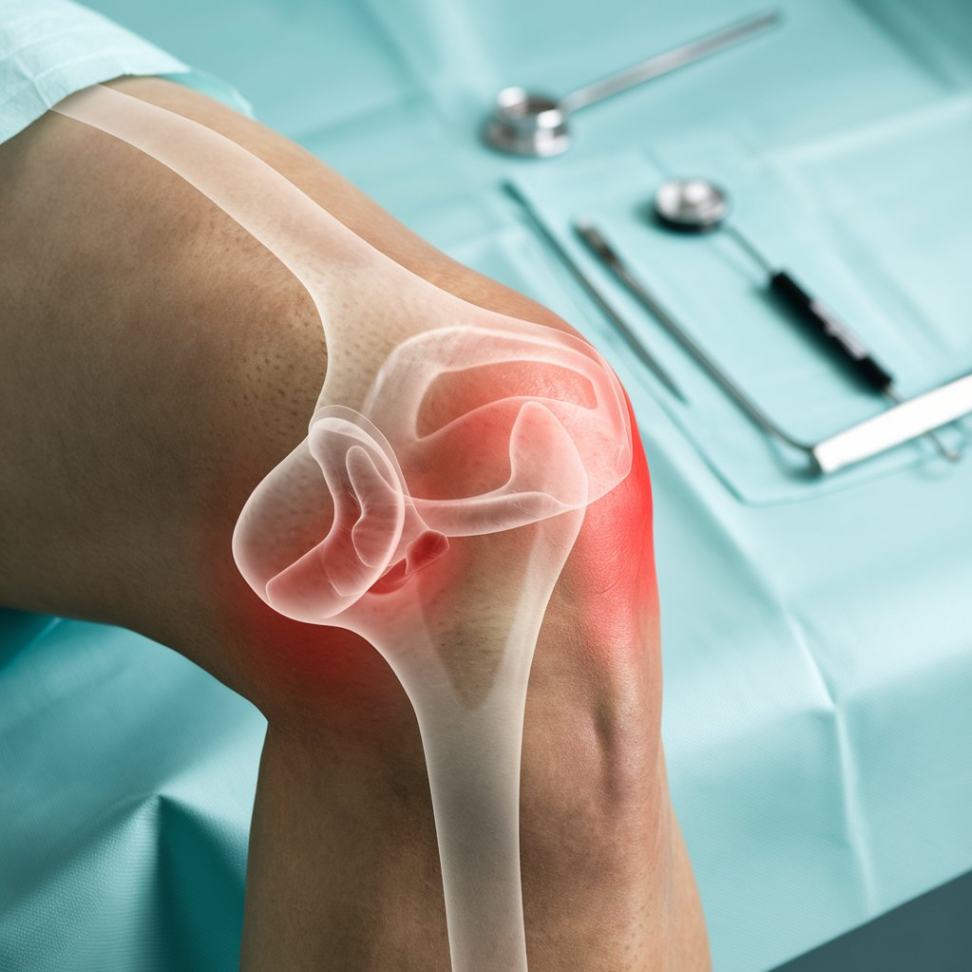5 Daily Habits to Prevent Sciatic Pain

Strong 8k brings an ultra-HD IPTV experience to your living room and your pocket.
Sciatic pain is a condition that affects millions of Americans, causing discomfort and limiting mobility. The pain, which radiates along the sciatic nerve from the lower back down to the legs, can disrupt daily life and make even the simplest tasks feel daunting. The good news is that certain habits can help prevent this condition from developing or worsening. By incorporating these five daily practices into your routine, you can significantly reduce your risk of sciatic pain and enjoy a more active, pain-free life.
1. Prioritize Proper Posture
One of the most common causes of sciatic pain is poor posture. Sitting or standing with a slouched or hunched back places unnecessary stress on the lower spine, which can irritate the sciatic nerve.
To maintain proper posture:
When sitting: make sure your feet are flat on the floor, your shoulders are relaxed, and your back is straight. Make use of an ergonomic chair that accommodates your spine's natural curvature.
When standing: evenly distribute your weight across both feet. Avoid slanting to one side or locking your knees.
At Work: If you have a desk job, consider using a standing desk or taking short breaks every 30 minutes to stretch and reset your posture.
Good posture not only helps prevent sciatic pain but also improves overall spinal health.
2. Stay Active with Regular Exercise
A sedentary lifestyle can exacerbate sciatic pain, while regular exercise helps strengthen the muscles that support your spine and improve flexibility. Low-impact exercises, in particular, are highly beneficial for preventing sciatic pain.
Consider these activities:
Yoga and Stretching: Yoga poses such as the "Child's Pose" and "Downward Dog" stretch the spine and relieve tension in the lower back.
Walking: A 30-minute walk each day promotes circulation and reduces inflammation around the sciatic nerve.
Core Strengthening: Exercises like planks and bridges target the core muscles, which are essential for spinal stability.
Before starting any exercise routine, consult a healthcare professional, especially if you have a history of back issues.
3. Maintain a Healthy Weight
Excess body weight puts added pressure on the spine and increases the risk of developing sciatic pain. By maintaining a healthy weight, you can reduce the strain on your lower back and prevent irritation of the sciatic nerve.
To achieve this:
Eat a Balanced Diet: Make sure your meals include a lot of fruits, vegetables, whole grains, lean meats, and healthy fats.
Monitor Portion Sizes: Avoid overeating by practicing portion control and eating mindfully.
Stay Hydrated: Drinking enough water helps maintain spinal disc health, as dehydration can contribute to back pain.
Making small, sustainable changes to your diet and exercise routine can lead to long-term benefits for your spine and overall health.
4. Practice Safe Lifting Techniques
One of the main causes of sciatica and back issues is improper lifting. It's important to employ the right procedures to protect your spine when lifting your child, moving furniture, or picking up groceries.
Follow these steps:
Always bend at the knees rather than the waist, and maintain a straight back.
Hold Items Close: To lessen the strain on your lower back, keep the object you're lifting close to your body.
Avoid Twisting: Turn your whole body, rather than twisting at the waist, when carrying heavy objects.
If the item is too heavy, don’t hesitate to ask for help or use a dolly or cart to transport it.
5. Incorporate Stretching into Your Daily Routine
Stretching keeps your muscles flexible and reduces the risk of sciatic pain by relieving tension in the lower back and hips. Incorporating a few targeted stretches into your daily routine can make a significant difference.
Here are three effective stretches:
Pull one leg: toward your chest while lying on your back, then hold the position for 20 to 30 seconds.
Repeat with the other leg.
Piriformis Stretch: Sit on a chair, cross one ankle over the opposite knee, and gently press down on the top leg for 20-30 seconds.
Cat-Cow Stretch: While on your hands and knees, alternate between sinking your back downward (Cow) and arching it upward (Cat). Repeat 10-15 times.
Perform these stretches in the morning and evening to keep your lower back muscles relaxed and limber.
Final Thoughts
Preventing sciatic pain is all about adopting habits that promote spinal health and overall well-being. By prioritizing proper posture, staying active, maintaining a healthy weight, practicing safe lifting techniques, and incorporating daily stretches, you can keep sciatic pain at bay. While these habits are effective for prevention, it’s important to consult a healthcare provider if you experience persistent or severe sciatic pain. Early intervention can prevent the condition from worsening and help you maintain an active, pain-free lifestyle.
Note: IndiBlogHub features both user-submitted and editorial content. We do not verify third-party contributions. Read our Disclaimer and Privacy Policyfor details.







